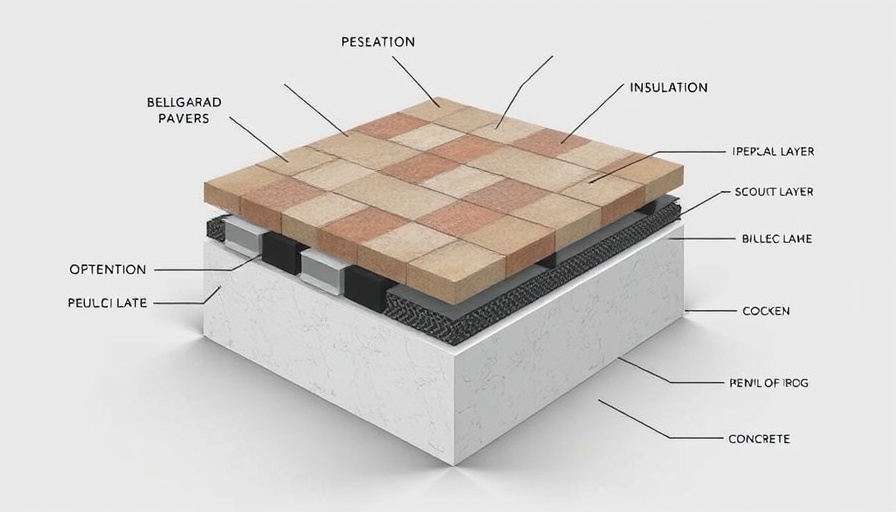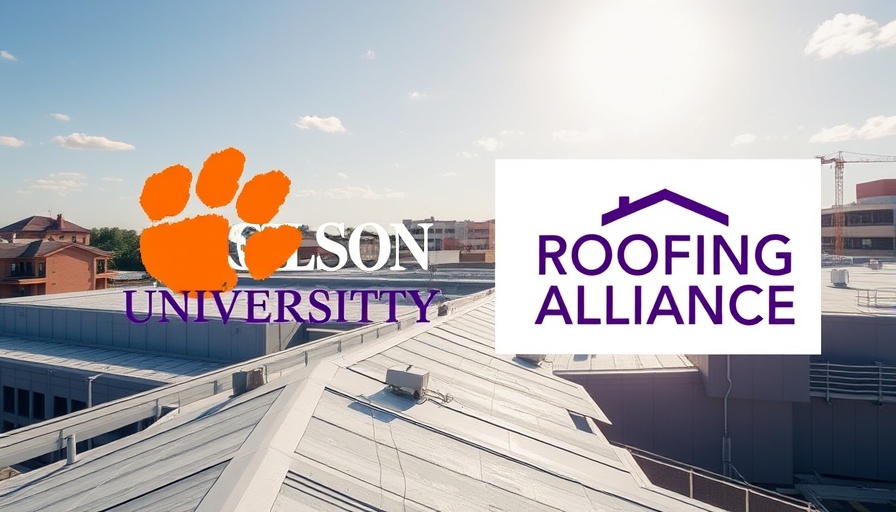
Understanding the Impact of the 179D Repeal on Roofers
The recent repeal of Section 179D in the U.S. tax code is poised to create significant ripples within the roofing industry. Originally designed to incentivize energy-efficient building practices, this tax benefit provided essential financial support for contractors and property developers aiming to enhance sustainability. Now, without this financial cushion, businesses are left grappling with the implications on their project finances and green initiatives.
Why 179D Was a Game-Changer for the Roofing Industry
Section 179D of the tax code allowed taxpayers to deduct certain costs associated with creating energy-efficient buildings. Notably, it favored commercial construction projects, including roofing enhancements that promote energy conservation. For many businesses, especially in commercial construction, this deduction was not just beneficial; it was often a deciding factor in pursuing green renovations. As this advantage vanishes, the challenge for roofing contractors will be to find new ways to encourage investment in energy-efficient upgrades that align with their clients' financial goals.
The Future of Sustainable Practices Post-179D
As we look ahead, the roofing industry must adapt to this changing landscape. Sustainable practices should not be discarded simply due to the loss of tax incentives. Instead, this could serve as a pivotal moment for innovation. By focusing on the long-term return on investment (ROI) of energy-efficient roofing solutions—such as cool roofs, reflective surfaces, and advanced insulative materials—contractors can empower clients to see the value beyond immediate costs. These improvements not only reduce operational expenses but also enhance the overall marketability of properties, ultimately leading to long-term rentals and sales.
Addressing Cost Concerns
The repeal of 179D poses a clear dilemma for cost-conscious business owners and property developers. Many may worry about the higher upfront investments without the offset of tax benefits. However, strategic planning and innovative financing solutions, such as green mortgages or energy-efficient loans, can alleviate some financial burdens. Understanding that energy savings can translate into cost reductions over time is key to transitioning to a long-term financial strategy that remains profitable even without immediate tax incentives.
Opportunities for Collaboration Across Industries
This shift in tax policy can lead to unique collaborative opportunities among stakeholders in the construction industry. Roofing contractors can partner with energy consultants, property managers, and finance experts to develop comprehensive programs that demonstrate the lasting impacts of sustainable building practices. By creating educational initiatives that convey the benefits of going green—both environmentally and financially—companies can cultivate a more informed customer base that values sustainability even without tax deductions.
Make Strategic Decisions for a Sustainable Future
In the era beyond 179D, roofing businesses must not only adapt but also thrive. Emphasizing energy-efficient solutions, investing in ongoing education about new technologies, and advocating collaboration can position businesses at the forefront of sustainable roofing practices. It’s critical to leverage insights and data to foster long-term relationships with clients who are determined to make eco-conscious decisions.
As the roofing industry reevaluates its strategies in light of this repeal, both contractors and clients alike must embrace the challenge as an opportunity to deepen commitment to sustainability. Those businesses that prioritize these initiatives will likely be the ones to succeed in this evolving landscape.
 Add Row
Add Row  Add
Add 




Write A Comment